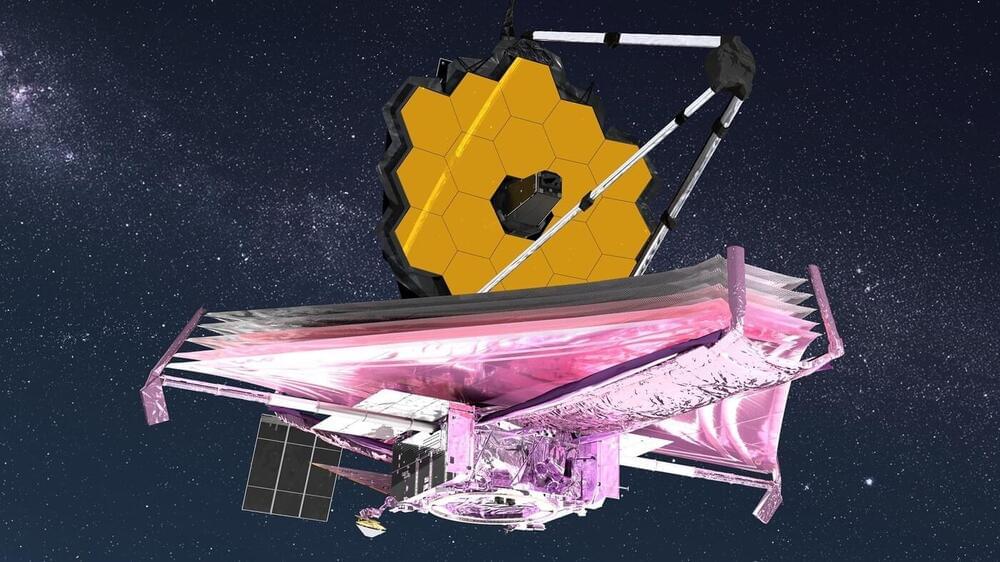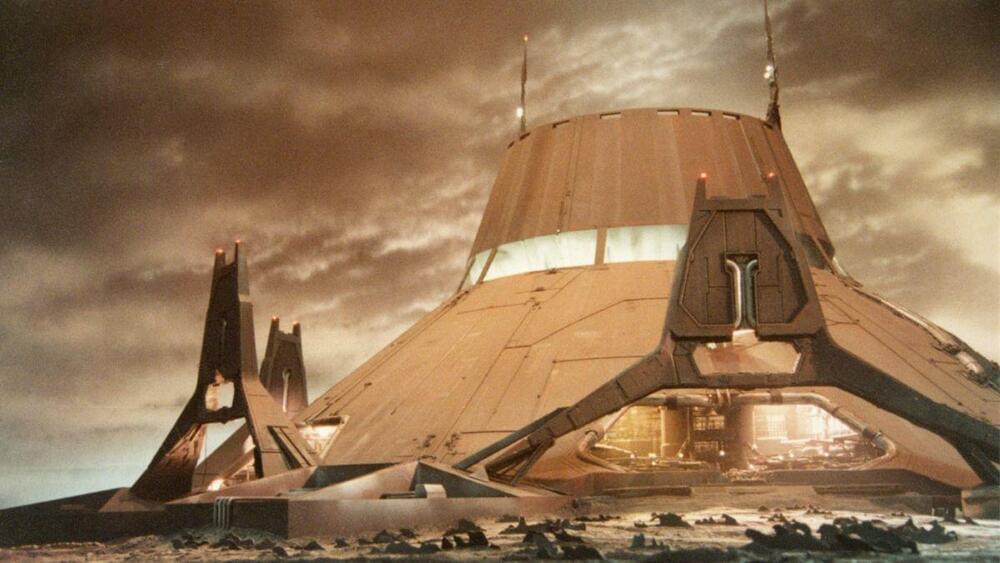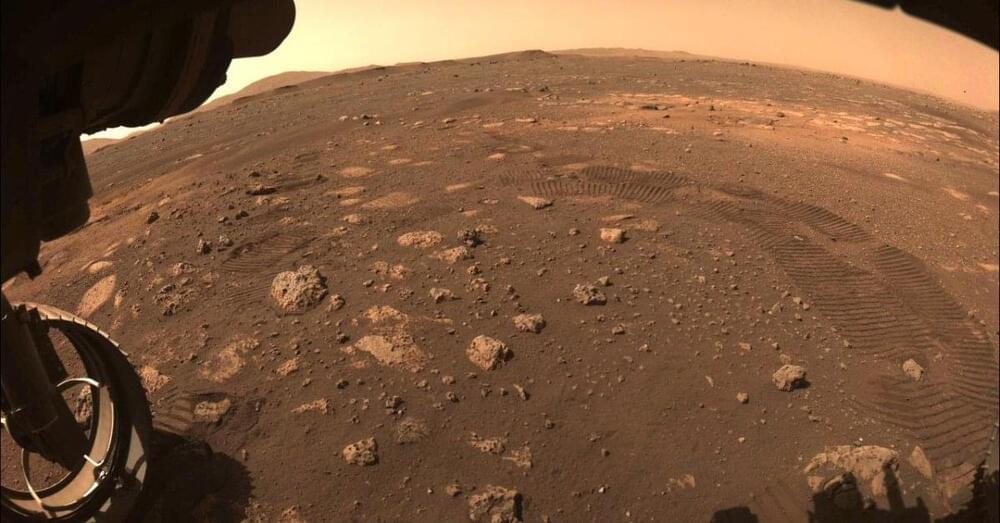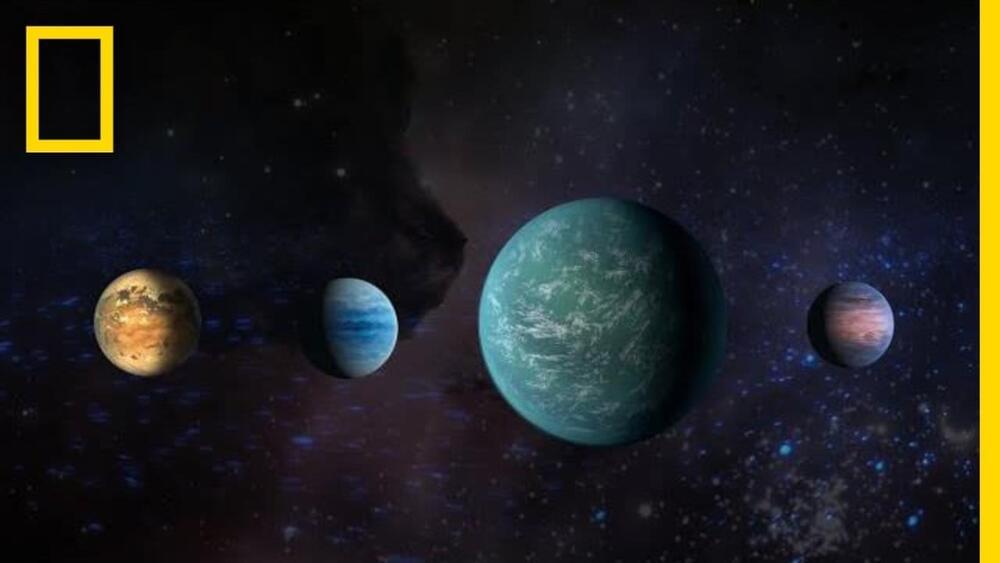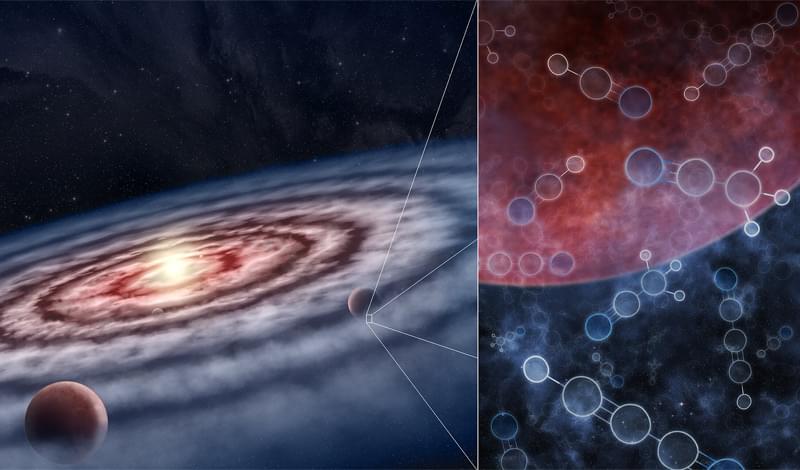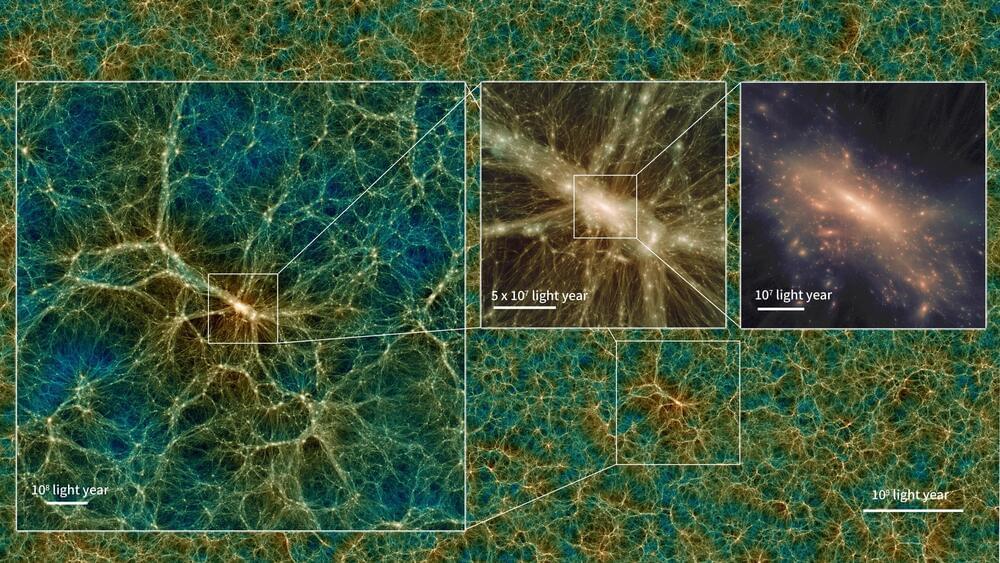There might be billions, even trillions, of rogue planets in the Milky Way. Could they support life? How can we find out?
The search for potentially habitable planets is focused on exoplanets—planets orbiting other stars—for good reason. The only planet we know of with life is Earth and sunlight fuels life here. But some estimates say there are many more rogue planets roaming through space, not bound to or warmed by any star.
Could some of them support life?
The term ‘Rogue Planet’ is a colourful term used to describe what are actually interstellar objects (ISOs). But in the case of rogue planets, the ISOs are planetary-mass objects, rather than less massive objects like ‘Oumuamua or 2I/Borisov, the only two confirmed ISOs to enter our Solar System.


